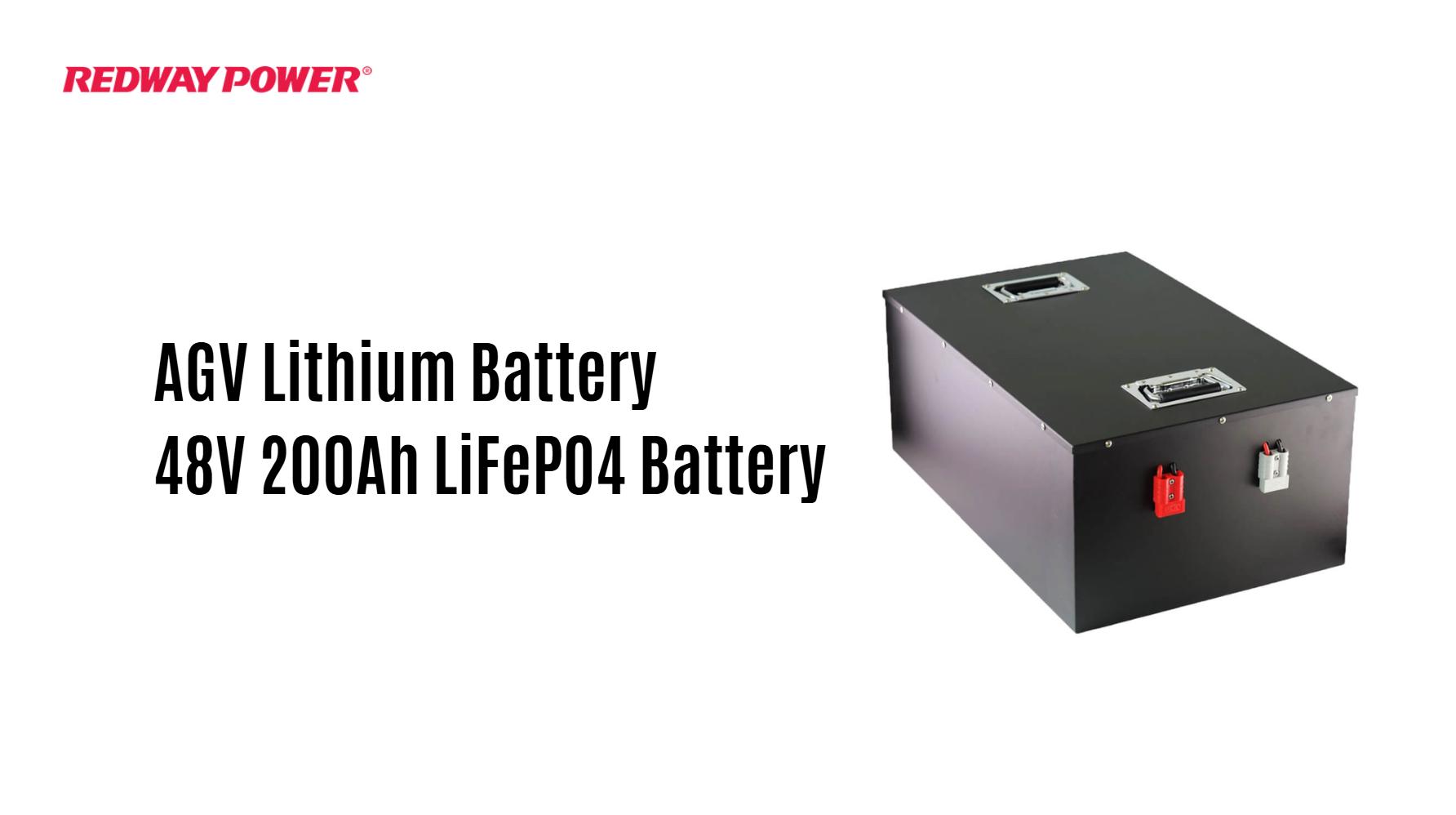
Blog
How Will Future Trends Shape the Material Handling Industry?

As businesses navigate an increasingly complex logistics landscape, understanding future trends is essential for maintaining competitive advantage. This article explores future trends in warehouse automation, predictions for electric vehicle adoption rates, upcoming technologies in material handling, market forecasts for lithium-ion batteries, and potential disruptions within the forklift industry.
What Are the Future Trends in Warehouse Automation?
Future warehouse automation will see widespread use of autonomous mobile robots (AMRs) and automated guided vehicles (AGVs) to boost efficiency and reduce labor costs. AI and machine learning will optimize inventory and workflow management. Automated storage and retrieval systems (AS/RS) and collaborative robots (cobots) will improve space utilization and picking accuracy. Drones will assist in inventory checks, enabling smarter, faster, and more flexible warehouse operations by 2030.
Future trends in warehouse automation are set to revolutionize operations through several key innovations:
- Robotics and AI: The integration of autonomous mobile robots (AMRs) and artificial intelligence (AI) will enhance efficiency by automating repetitive tasks such as picking and packing.
- Sustainability Initiatives: Increasing focus on sustainability will drive warehouses to adopt energy-efficient technologies and practices that minimize environmental impact.
- Advanced Inventory Management: Automated storage and retrieval systems (AS/RS) will optimize space utilization while improving accuracy and speed.
Chart Title: Key Innovations Transforming Warehousing
| Trend | Description |
|---|---|
| Robotics & AI | Automating tasks to improve efficiency |
| Sustainability | Implementing eco-friendly practices |
| Advanced Inventory | Optimizing storage with automated systems |
These trends reflect a shift towards more efficient, sustainable, and technology-driven warehouse operations.
What Are the Predictions for Electric Vehicle Adoption Rates?
Electric vehicle (EV) adoption is expected to grow rapidly worldwide, driven by stricter emissions regulations and decreasing battery costs. Many regions aim for most new vehicle sales to be electric by 2030. In material handling, electric forklifts and automated vehicles will become the norm, supported by advances in lithium-ion battery technology, enhancing sustainability and operational efficiency across industries.
Predictions indicate that electric vehicle (EV) adoption rates will continue to rise significantly:
- Current Market Trends: As of 2024, EVs account for approximately 15% of new vehicle sales, with projections suggesting this could reach 40% by 2030.
- Influencing Factors: Government incentives, declining battery costs, and increased consumer awareness are driving factors behind this growth.
- Future Projections: Analysts predict that by 2030, EVs could make up nearly half of all new vehicle sales globally.
Chart Title: Electric Vehicle Adoption Forecast
| Year | Predicted EV Market Share |
|---|---|
| 2024 | ~15% |
| 2027 | ~30% |
| 2030 | ~40% |
These predictions highlight a significant shift towards electrification across various transportation sectors.
What Upcoming Technologies Are Emerging in Material Handling?
Emerging technologies in material handling include AI-powered robotic cranes, autonomous forklifts, and swarm robotics that automate repetitive tasks. Drones and shuttle vehicles improve inventory management and order fulfillment. IoT sensors provide real-time tracking of assets, while augmented reality (AR) enhances operator training and safety. These innovations increase precision, reduce labor costs, and streamline warehouse workflows.
Several upcoming technologies are poised to transform material handling:
- Automated Guided Vehicles (AGVs): These vehicles will enhance efficiency by automating transport tasks within warehouses.
- Internet of Things (IoT): IoT-enabled devices will facilitate real-time tracking and monitoring of inventory levels, leading to improved decision-making.
- Advanced Inventory Management Systems: Integrating AI with inventory management will streamline processes, reduce errors, and enhance responsiveness.
Chart Title: Emerging Technologies in Material Handling
| Technology | Impact on Operations |
|---|---|
| AGVs | Automating transport tasks |
| IoT | Real-time tracking of inventory |
| AI Integration | Enhanced decision-making capabilities |
These technologies promise to increase efficiency while reducing operational costs.
What Are the Market Forecasts for Lithium-Ion Batteries?
The lithium-ion battery market is projected to grow strongly, driven by demand from electric vehicles, forklifts, and renewable energy storage. Market value is expected to more than double by 2030, with a compound annual growth rate (CAGR) over 15%. Advances in battery chemistry and production will lower costs and improve energy density, accelerating adoption in logistics and industrial sectors.
The lithium-ion battery market is expected to experience robust growth:
- Market Size Projections: The market is anticipated to grow from approximately USD 130 billion in 2024 to USD 350 billion by 2033.
- Key Drivers: Increasing demand from electric vehicles and renewable energy sectors is fueling this growth.
- Challenges: Despite positive forecasts, challenges such as recycling concerns and performance degradation need addressing.
Chart Title: Lithium-Ion Battery Market Growth Forecast
| Year | Estimated Market Size (USD Billion) |
|---|---|
| 2024 | ~130 |
| 2030 | ~250 |
| 2033 | ~350 |
These forecasts indicate a strong upward trajectory for lithium-ion technology across various applications.
What Potential Disruptions Could Affect the Forklift Industry?
Disruptions in the forklift industry may come from labor shortages pushing automation, supply chain issues affecting battery and parts availability, and stricter environmental regulations demanding greener technologies. Rapid AI and robotics advancements could change forklift operation and maintenance. Economic shifts and geopolitical tensions may impact manufacturing and distribution, requiring companies to adapt quickly to stay competitive.
The forklift industry may face several potential disruptions:
- Technological Advancements: The rapid evolution of battery technology may lead to shifts away from traditional forklifts towards more efficient electric models.
- Market Dynamics: Changes in consumer preferences towards sustainability could disrupt demand patterns within the industry.
- Regulatory Changes: New regulations regarding emissions may accelerate the transition to electric forklifts, impacting manufacturers’ strategies.
Chart Title: Potential Disruptions Impacting Forklift Industry
| Disruption | Description |
|---|---|
| Technological Advances | Shift towards more efficient electric models |
| Market Dynamics | Changes in consumer preferences |
| Regulatory Changes | New emissions regulations |
Businesses must remain agile to adapt to these disruptions effectively.
How Will AI Influence Warehouse Operations?
AI is set to play a transformative role in warehouse operations by enhancing efficiency through predictive analytics, optimizing inventory management, and improving decision-making processes based on real-time data analysis.
What Challenges Will Electric Vehicles Face in Adoption?
Electric vehicles face challenges such as high upfront costs, limited charging infrastructure, and consumer hesitance due to range anxiety. Addressing these issues through government incentives and infrastructure investments is crucial for widespread adoption.
How Can Businesses Prepare for Industry Disruptions?
Businesses can prepare by investing in training programs that equip employees with skills relevant to new technologies, adopting flexible operational strategies that allow quick adaptation to changes, and staying informed about market trends through continuous research and development efforts.Expert Views
“The future of warehouse automation hinges on embracing new technologies; companies that adapt quickly will not only survive but thrive amidst industry changes.” – Expert from Redway Power
Conclusion
The landscape of warehouse automation, electric vehicle adoption rates, upcoming technologies in material handling, market forecasts for lithium-ion batteries, and potential disruptions within the forklift industry are all interconnected elements shaping the future of logistics and supply chain management. By understanding these trends and preparing accordingly, businesses can position themselves strategically for success.
FAQ
- What are the future trends in warehouse automation?
Future trends include increased use of robotics and AI, sustainability initiatives, and advanced inventory management systems that enhance operational efficiency. - What are predictions for electric vehicle adoption rates?
Predictions suggest that electric vehicles could reach approximately 40% market share by 2030 due to factors like government incentives and declining battery costs. - What upcoming technologies are changing material handling?
Emerging technologies include automated guided vehicles (AGVs), IoT devices for real-time tracking, and advanced inventory management systems powered by AI.




